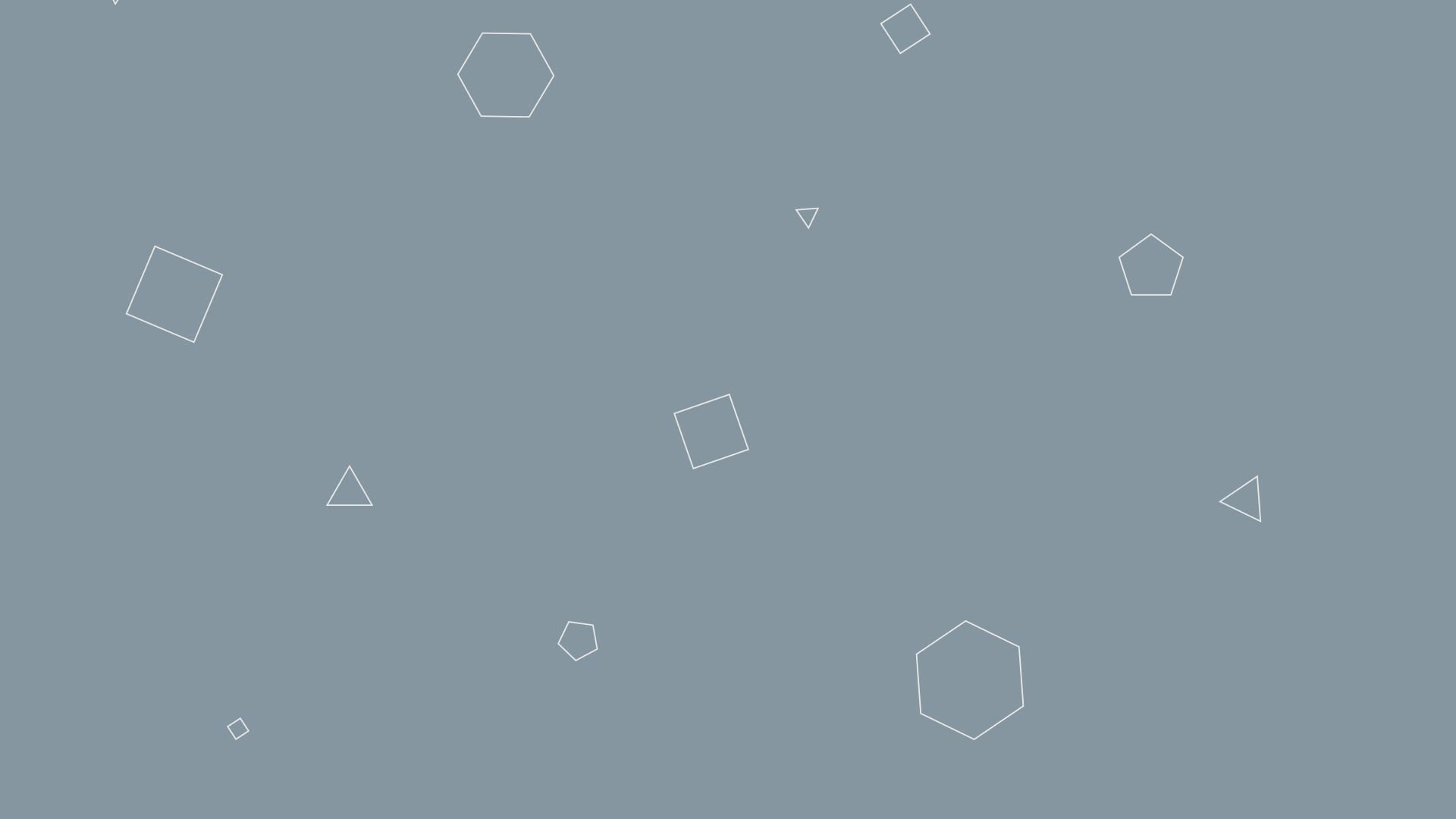EDITING TERINOLOGY
- rubybynoe
- Dec 31, 2013
- 2 min read
Editing is a really important part of the film making process as this is where all the shots that have been taken are put together in order to make one cohesive film. in thriller films this is where features would be added in order create suspence and fear for example the use of jump cuts and choppy editing in general.

Cut: When one shot is quite abruptly stopped in order for another scene to take place.
Continuity editing:
this is when two scenes are edited together flawlessly in order to prevent inconsistencies
Errors of continuity: Disruptions in the flow of a scene, such as a failure to match action or the placement of props across shots.
Cross cutting:
When 2 or more shots are being shown rapidly rapidly after one another in order to establish the fact that more than one thing is happening at the same time in a scene.
Dissolve:
This is when one scene leads into another, ans appears to be grainy onscreen
Editing: The work of selecting and joining together shots to create a finished film.
Eyeline match:
When the eye lines of each character in a shot / scene line up so the dialog between the characters appears natural (no errors in continuity).
Fade
When a shot transitions to another smoothly, with a very brief gap where there is no image on screen in order to establish the fact that there will be a change in time or setting in the film.
Final cut: The finished edit of a film, approved by the director and the producer. This is what the audience sees.
Iris: Visible on screen as a circle closing down over or opening up on a shot. Seldom used in contemporary film, but common during the silent era of Hollywood films.
Jump cut: When a shot is cut abruptly, creating the illusion that parts of action have been missed A cut that creates a lack of continuity by leaving out parts of the action.
Matched cut: A cut joining two shots that are from the same scene, helping to create continuity of action.
Montage: Scenes whose emotional impact and visual design are achieved through the editing together of many brief shots. The shower scene from Psycho is an example of montage editing.
Rough cut: The first version of a film , before tidying up the remaining errors .
Sequence shot: A long take that extends for an entire scene or sequence. It is composed of only one shot with no editing.
Shot reverse shot cutting: Usually used for conversation scenes, this technique alternates between over-the-shoulder shots showing each character speaking.
Wipe: Visible on screen as a bar travelling across the frame pushing one shot off and pulling the next shot into place. Rarely used in contemporary film, but common in films from the 1930s and 1940s.




Comments